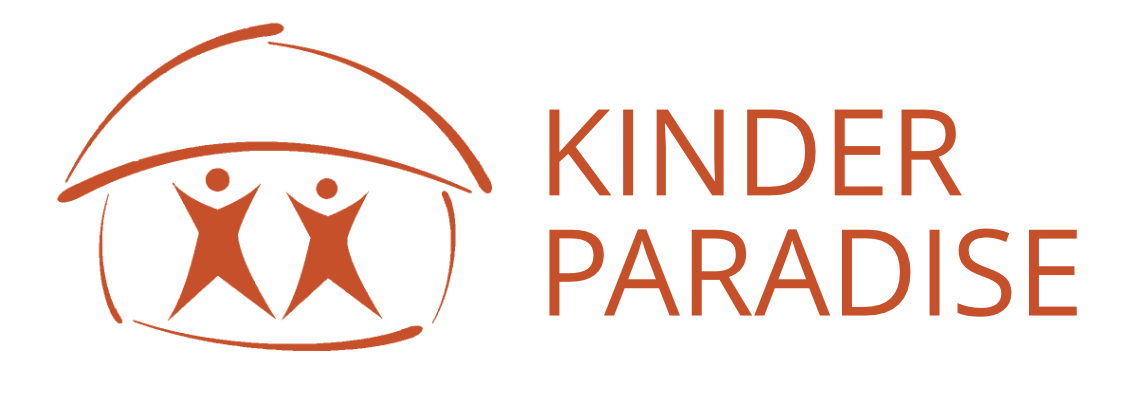B8 1.2.1.1 Available Manual and digital tools, materials and techniques for drawing, shading and colouring to create designs
DESIGN (DRAWING SHADING COLOURING AND MODELLING FOR DESIGN)
Explore available manual and digital tools, materials and techniques for drawing, shading and colouring to create designs from lines, simple shapes and forms
Hello Learner!
I hope you’re doing well today.
Before we dive into today’s lesson, I want to start with a quick question.
How did you spend your vacation?
In this lesson, we will explore available manual and digital tools, materials and techniques for drawing, shading and colouring.
Mention some common tools and materials for drawing, shading, and colouring.
If your answer is listed among the following, then Bravo!
Drawing Tools:
- Pencils: Graphite pencils (ranging from H for light lines to B for darker, softer lines).

- Charcoal: Great for bold, dark lines and shading; available in stick or pencil form.

- Pens: Ink pens, fine liners, or ballpoint pens for detailed and permanent line work.
- Erasers: Kneaded erasers (flexible for lightening areas) and vinyl erasers (for clean erasing).
- Paper: Varies by texture and thickness. Smooth paper for detailed work, textured for more expressive, rough effects.
Shading Tools:
- Tortillons or Blending Stumps: Used to smooth and blend graphite or charcoal for soft transitions.
- Graphite Powder: Can be applied for subtle shading over larger areas.
- Chamois Cloth: Soft cloth for blending charcoal or pastel work.
Coloring Tools:
- Colored Pencils: Various brands for layering and blending colors.
- Watercolor: Can be used dry like colored pencils or blended with water for a watercolor effect.
- Markers: Alcohol-based (like Copic or Prismacolor) for smooth, even coloring; water-based for lighter applications.
- Crayons and Pastels: Oil pastels for a bold, painterly look; soft pastels for blending vibrant colours.
- Acrylic Paints: Used for thicker, opaque coloring in mixed media or stand-alone art.
- Brushes: Different sizes and shapes for applying watercolors, acrylics, or ink washes.
Other Materials:
- Fixative Spray: Seals finished drawings to prevent smudging (especially with charcoal or pastels).
- Masking Tape: Used to create clean edges or protect areas while coloring.
Now let’s identify the names of the tools and materials below and tell their uses.
Don’t forget our lesson about tools, materials and equipment in basic 7.
Tools are instruments used to perform tasks (e.g., pencils, brushes).
Materials are substances worked on (e.g., paper, ink).
Equipment refers to larger devices aiding the process (e.g., easels, computers).
Let’s explore to determine and document the nature and suitability of other available manual tools, materials and techniques for drawing, shading, and colouring for appreciation and reflection.
E.g. of tools: T-square, set square, protractor, paper, cardboard, pencil.
set square
Protractor
Materials
Cardboard
Assessment
Identify four tools and materials for drawing shading, and colouring.
Let’s reflect on today’s lesson:
- Tell the class what you learnt during the lesson.
- Tell the class how you will use the knowledge you’ve acquired during the lesson.
- Which aspects of the lesson did you not understand?
